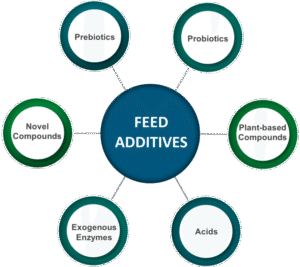Introduction.
Thank you for reading. Don't forget to subscribe & share!
It is difficult to compare different animals, and animals of different ages, with each other with regard to feeding and grazing. To make comparison possible, different types of livestock are converted to the same unit.
The feed intake capacity (DMI) depends on live weight, production level and quality of feed. The quantity is expressed in terms of dry matter (DM).
Standard figures are indicated for protein (DCP) and energy (FUM) requirements, divided for maintenance and production. These figures are known as feeding standards. In addition, standard values are given for various feedstuffs.
The variation in quality amongst feedstuffs can be immense. Specially, nutritive values can differ very much from the indicated averages! On top of that, there can be big variation in efficiency of food utilization between individual animals. There is no such thing as a standard cow. Therefore, feeding standards do have limited values. Feeding standards should be used as a guideline to individual requirement. The exact figures in the booklet should not be used as such! The figures are applicable as an average for big numbers of cattle with an expected average result. The actual performance of animals (condition and production) should be the base in feeding management. An experienced manager uses the standard values, but final decision will be influenced by actual performance. This allows the animal to proof its production capacity (within economic boundaries) and provide the manager with a proper tool for animal selection. Selection which is based on production performance of an individual animal.









